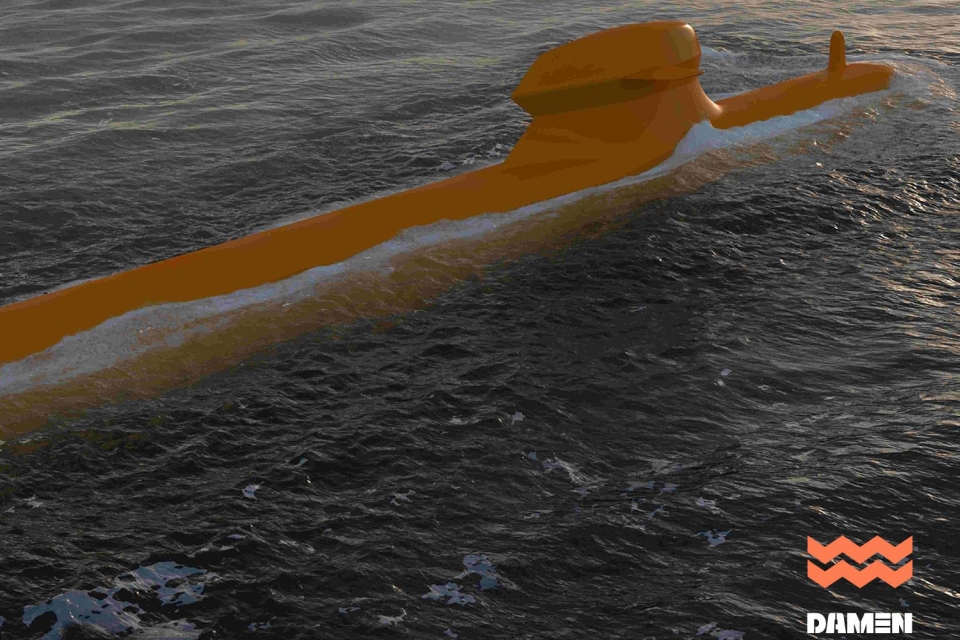Supported by Sweden and the United Kingdom, Saab has submitted its proposal for the replacement of the Netherlands’ current submarines. The proposal comprises four advanced Expeditionary Submarines with the latest innovations and technologies and includes close cooperation with Damen Naval.
Damen has cooperated with Saab since 2015. The offer to build submarines to replace the Dutch Walrus class is a balanced cooperation between the Netherlands and Sweden.
The C718 is an advanced Expeditionary Submarine that offers an unsurpassed level of endurance and exceeds the Royal Netherlands Navy’s needs for long-distance operations, sufficient accommodation, crew comfort and increased weapon payload capability.
Also read: Request for proposal for new Dutch submarines ready, budget raised
As part of the proposal, Saab offers a proven and integrated weapon-launching system and one of the best sensor systems in the world. Saab’s innovative design features signature solutions to minimise detection by active sonars, all combined in an undetectable and extremely capable submarine.
Knowledge transfer
The offer includes knowledge transfer to the Netherlands. Once delivered, the Royal Netherlands Navy will fully maintain the submarines, including upgrades throughout their lifespans.
Also read: ‘Involve Dutch maritime industry in procurement of new submarines’
Evaluation of proposals
In addition to Damen, thyssenkrupp Marine Systems (TKMS) and Naval Group (with Royal IHC as a partner) have also submitted their proposals, which had to be handed in by 28 July. To the best of our knowledge, Naval Group has not released any information about its proposal. Details of the TKMS design can be found below.
The Dutch Ministry of Defence will now begin the process of evaluation and preparation for the award decision. This process is expected to be completed in the first quarter of 2024.
The candidate yards have also submitted to the Ministry of Economic Affairs and Climate their proposals for industrial cooperation, a so-called Industrial Cooperation Agreement (ICA). This ICA aims to strengthen the Dutch Defence Technological and Industrial Base (NLDTIB). The winning yard should contribute to this.
ICA proposals are assessed by the Ministry of Economy and Climate. This is done separately from the bid evaluation by Defence.
TKMS design
TKMS offers a customised version of the HDW Class 212CD E design, which it calls ‘the most advanced non-nuclear submarine for worldwide operations’. TKMS adds: ‘Thanks to its unique shape, non-magnetic steel design, and highly advanced combat system, the new expeditionary submarine HDW Class 212CD E is a pinnacle of stealth technology. This type of submarine is an ideal replacement for the current Walrus submarines of the Royal Netherlands Navy, ensuring high capability, safety at sea, and firm support of national security.’
Features include increased displacement (> 3000 t); increased length (> 80 m); longer endurance; high accommodation standard for long time missions; worldwide deployments and enhanced weapon capacities.
The submarines will be tailored to meet the needs of the Dutch navy, but as similar vessels will be built for Norway and Germany, the Netherlands can benefit from shared costs of development, design and engineering. TKMS says it can deliver the new submarines for the Netherlands as of 2031.








